Panchalingeshwara Temple Govindanahalli
Panchalingeshwara Temple is an ancient Lord Shiva temple dedicated to Panch Ling built in 1238 AD by the Hoysala Empire in the Mandya district of Karnataka. Panchalingeshwara, which translates as “five lingas,” consists of five shrines and five towers each dedicated to one ling, with all of the “garbha grihas,” or sanctum sanctorums, facing east. The main deity is Lord Shiva, who appears in the form of a Linga. The five Lingas are Ishanyeshwara, Tatpurusheshwara, Aghoreshwara, Vamadeveshwara, and Sadyojateshwara.
Each shrine has a statue of the holy bull, or Nandi, which is uniquely sculpted. The temple runs parallel to the north-south direction, with each kuta (shrine) facing east. Unlike most Hoysala temples, this one is not built on a platform. Also, the front wall, which faces east, is decorated with jaalis to provide adequate lighting within the temple.
Significance of Panchalingeshwara Temple Govindanahalli
This 13th-century temple is one of the few remaining Panchakuta temples from the Hoysala era. Ruvari Mallitamma, a famous sculptor, is known to have contributed to this temple.
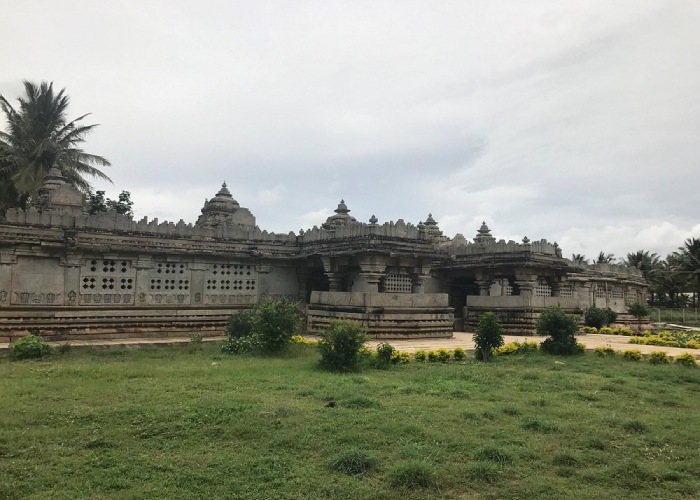
The Govindanahalli lake is located directly in front of the Panchalingeshwara temple, which is surrounded by lush farmland and coconut plantations. Unlike other Hoysala temples, this temple is built directly on the ground, without a pedestal, and its outer walls are relatively simple, with no edge-to-edge carvings.
History of Panchalingeshwara Temple Govindanahalli
The Panchalingeshwara temple in Govindanahalli is one of the few surviving Panchakuta (Pancha-five; Kuta-shrine) temples from the Hoysala period. Govindanahalli, a remote village in the Krishnarajpet taluk of Mandya district, was once a thriving town under Hoysala rule and is thought to have been part of the ancient Kabbahunadu. The temple was constructed in the 13th century under the reign of Hoysala king Veera Someshwara.
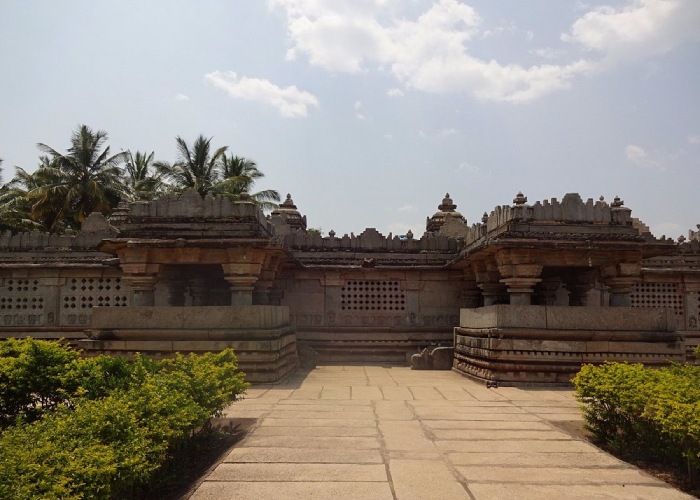
Originally, this temple was a Chatushkuta (four shrines) constructed in the Dravidian style. However, another garbhagriha was added on the eastern side, categorising the temple as Panchakuta. Each garbhagriha has its antarala, which opens into a common navaranga. There are two north-facing entrances: Mukhamantapas and Nandimantapas.
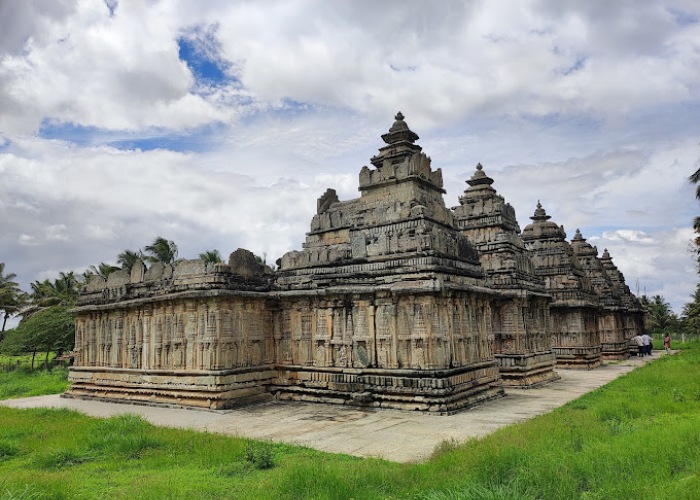
This temple lacks a platform, which is common in other Hoysala temples. The five Shiva Lingas are named Ishanyeshwara, Tatpurusheshwara, Aghoreshwara, Vamadeveshwara, and Sadyojateshwara, after the Pandavas of the Mahabharata.
The Architecture of Panchalingeshwara Temple Govindanahalli
The temple highlights the Hoysala Empire’s reign, as evidenced by the various designs on the temple walls. The temple’s architecture is in the Panchkula style. The temple has five shrines, each guarded by a tower. Each shrine is linked to the next, but the structure’s entrance is only accessible from two sides.

The five shrines are built on a north-south axial plan, with the sanctums facing east. Each shrine has a vestibule with sukanasi above that connects the sanctum (garbhagriha) to a hall (mantapa or navaranga). A long pillared hall on the east connects each mantapa.
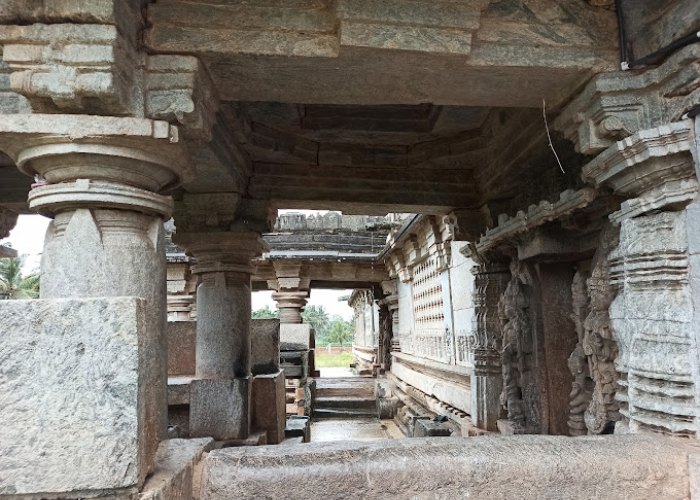
The temple complex is accessed via two porched entrances with ceilings supported by lathe-turned pillars. Regardless of the number of shrines in the complex, these are common features of Hoysala temples. The porches sit in front of the second and third shrines.
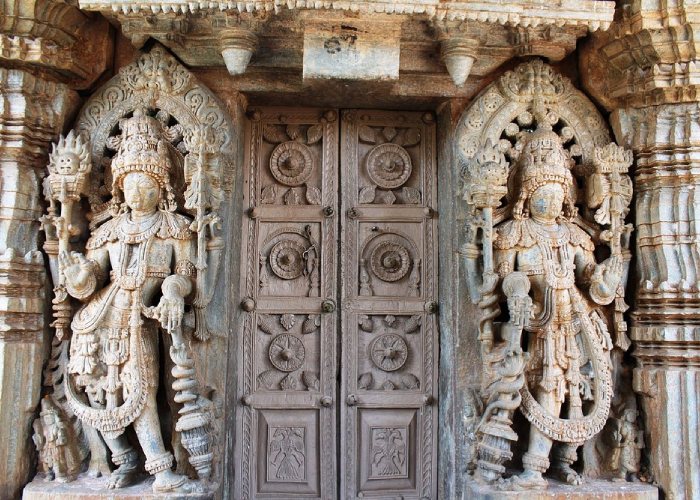
The temple’s exterior wall is adorned with handcrafted flower figures. Even the shrine walls are embellished with designs and embroidery that reach heights of 17 inches. Most temples in Southern India have three shrines, but the Panchalingeshwara Temple has five: Tatpurusheshwara, Aghoreshwara, Ishanyeshwara, Vamadeveshwara, and Sadyojateshwara.
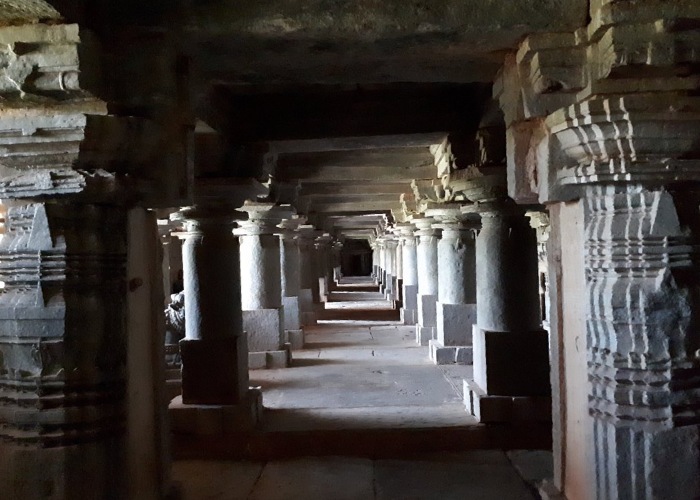
The structures inside the temple are very detailed, emphasising the importance of spirituality. The temple is said to have been designed by one of the most famous sculptors, who hand-moulded various sculptors on the temple grounds.
Important Facts About Panchalingeshwara Temple Govindanahalli
- The Panchlingeshwara Temple is an ancient lord shiv temple located in Govindanahalli village in Karnataka’s Mandya district.
- The Panchalingeshwara Temple was built around 1238 AD under the reign of Hoysala King Vira Someshwara.
- This temple was built in the Pancha-kuta style and is likely the only surviving example of its kind from the Hoysala period.
- The entire structure faces east, with the entrance provided by two porches facing each other.
- Each entrance is guarded by its group of dwarpalas (guardians). The temple is made up of five sanctums connected by a common navaranga (hall).
- All garbhagrihas have their shikhara and are connected to the navaranga via suknasi. These five garbhagrihas house five different manifestations of Shiva: Sadyojata, Tatpurusha, Vamadeva, Aghora, and Ishana.
- The shikhara of all five shrines are lavishly decorated in Dravidian style.
- An intriguing feature of this temple is that, while it is primarily dedicated to Lord Shiva, the temple’s outer walls display images of various forms of Lord Vishnu.
- The Archaeological Survey of India protects the temple as a national monument.
- Ruvari Mallitamma, a famous sculptor from Hoysala times, is said to have contributed to the temple.
Best Time to Visit Panchalingeshwara Temple Govindanahalli
This place is very heavenly and spiritual, and you can visit it all year. However, the best time to visit this temple is during the monsoon and winter seasons. During the monsoon season, this location receives moderate to heavy rainfall, making it appear heavenly with its greenery and bringing freshness elsewhere.
Famous Festivals In Panchalingeshwara Temple Govindanahalli
- Shravana: For happiness and wealth, many fasts, offerings, and mantras are performed during the fifth month of the Hindu calendar, known as Shravana.
- Mahashivaratri is a fasting ritual in the last week of February – March Begining. It is reminiscent of Lord Shiva bringing Goddess Parvati with him. Priests and the temple committee arrange a Grand Celebration.
How to Reach Panchalingeshwara Temple Govindanahalli
The Panchlingeshwara Temple is located in Govindanahalli village in Karnataka’s Mandya district.
By Air: The nearest airport is Mysore Airport which is 88 km away from the Panchlingeshwara Temple. There are flights between Delhi and Mysore. You can also fly to Bangalore and then travel by road to Govindanahalli. From Bangalore Airport, the Panchlingeshwara Temple is only 187 Km away.
By Rail: Hassan Railway Station is the nearest railway station which is 54 km away from the Panchlingeshwara Temple. Another option is Bangalore Railway Station, which is a major railway station approximately 163 kilometres away from the temple.
By Road: Panchlingeshwara Temple is well-connected to major cities and towns via road. Buses and cabs are available from major cities and towns to Govindanahalli village, from which you can take a cab or bus to reach the temple. Govindanahalli is 163 km from Bengaluru and 54 km from Hassan. Buses are available to reach Govindanahalli from Hassan and Mysore.
Also Read – Kalleshwara Temple Hire Hadagali
Support Us
If our content helps you even 1% in gaining information about the temple, please support us by contributing any amount, our UPI ID is - q417999792@ybl Or pay using QR CODE >>> Click Now
Location
Facilities
- Drinking Water
- Pooja Item Shops
- Prasad Shops

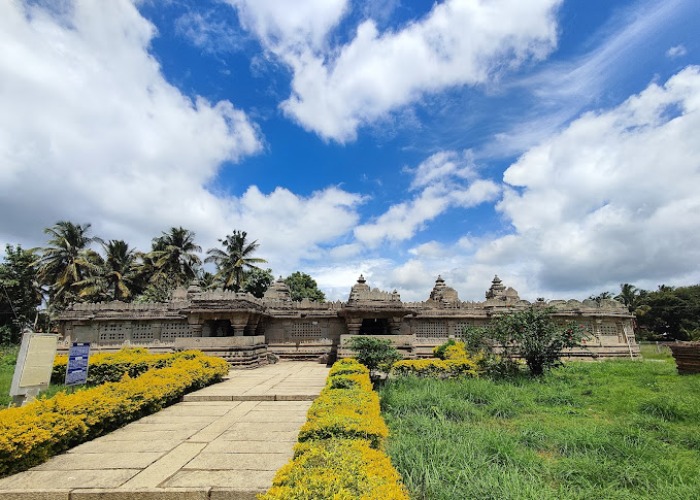
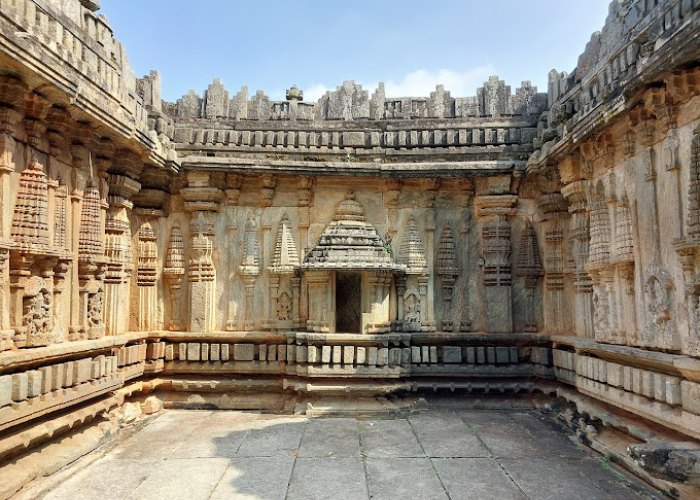
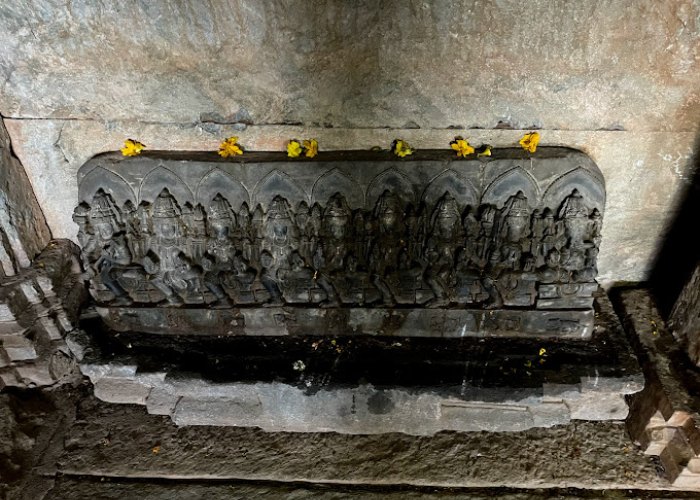
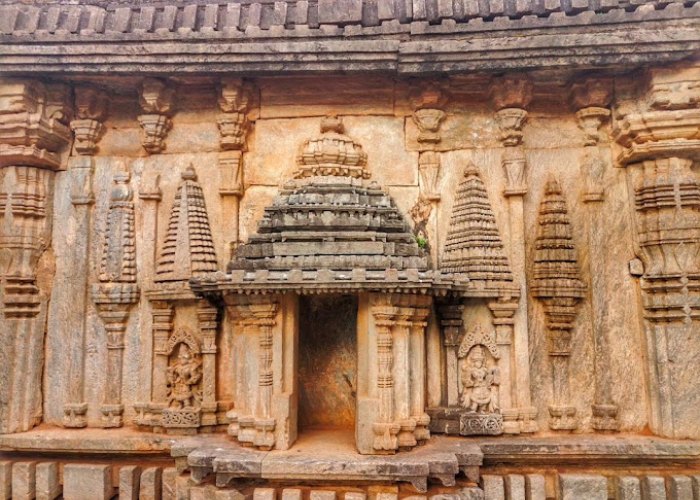
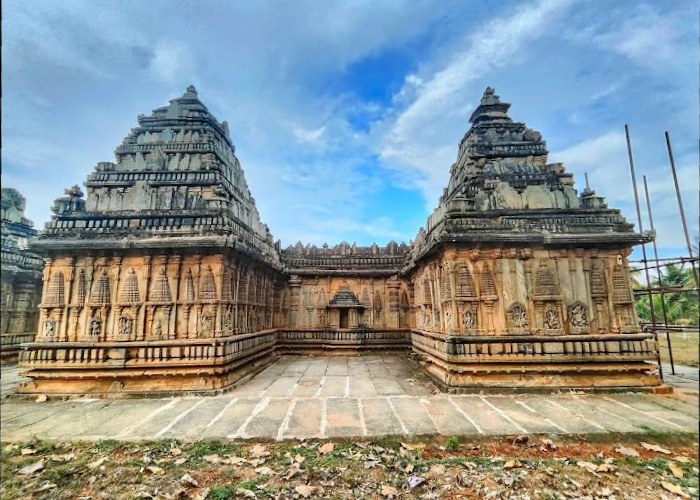
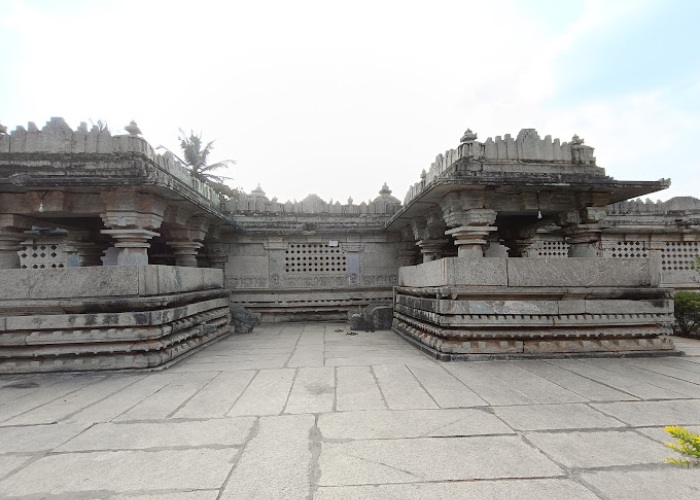
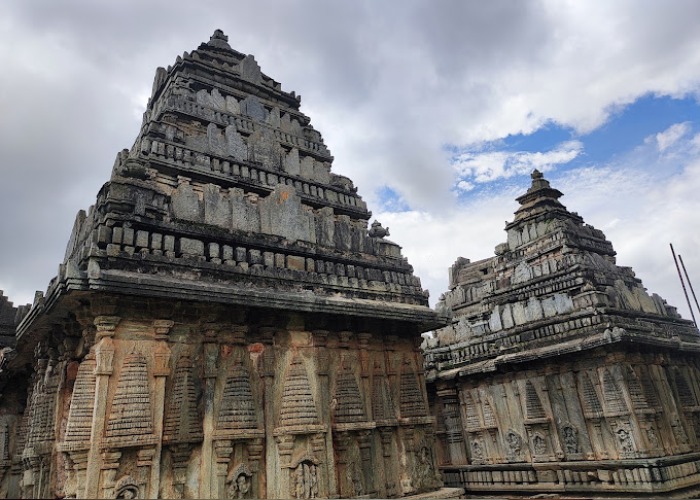
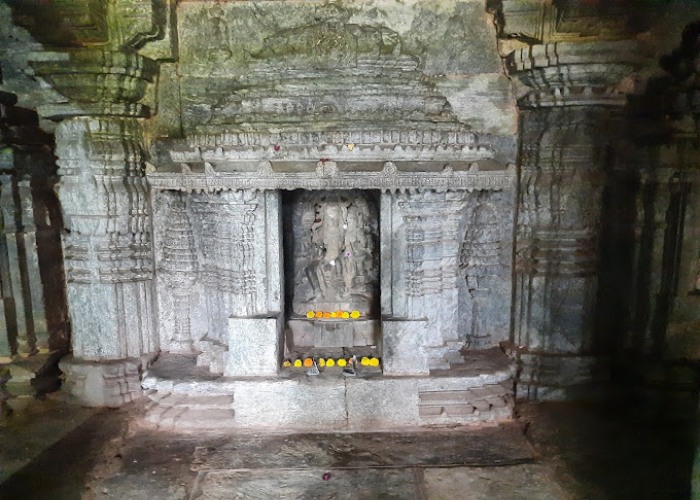
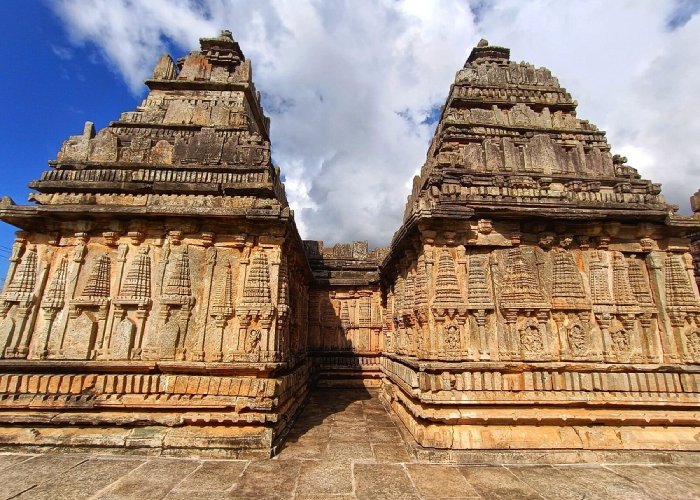
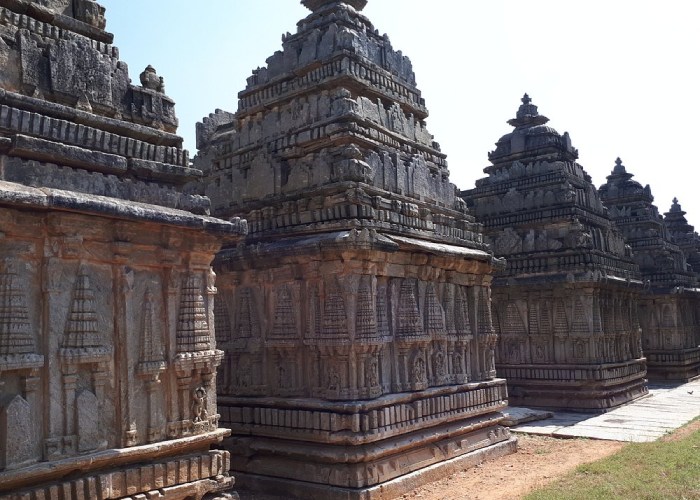

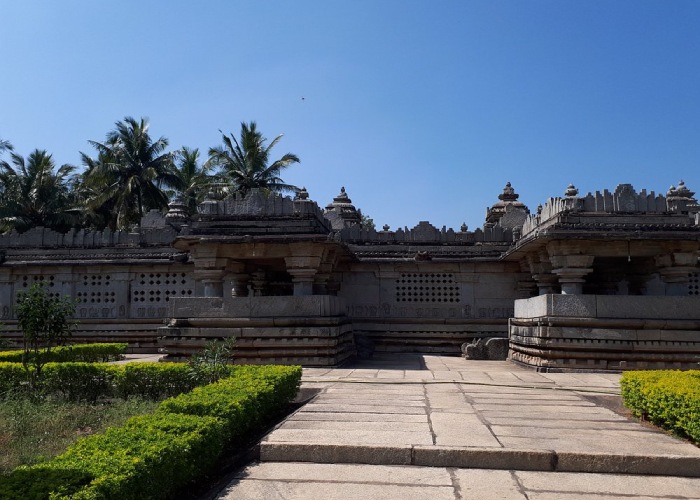
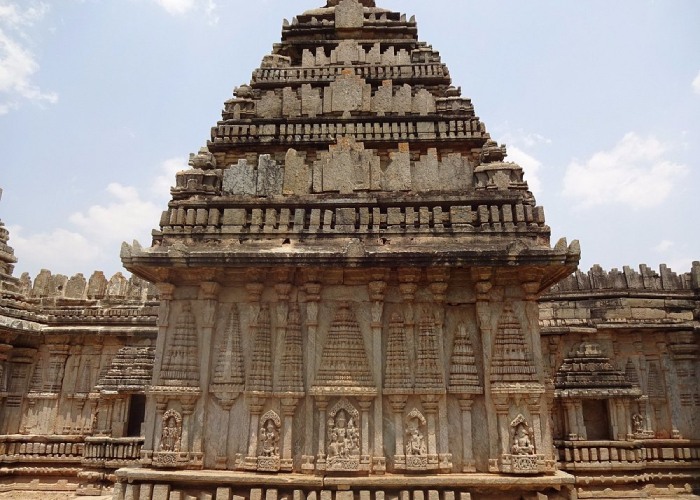
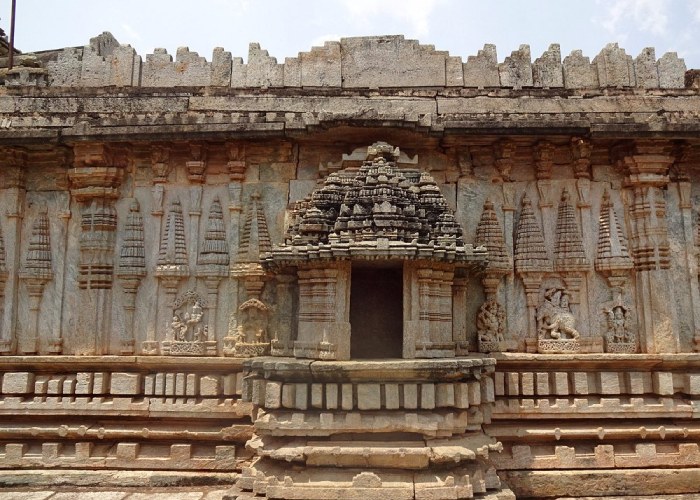
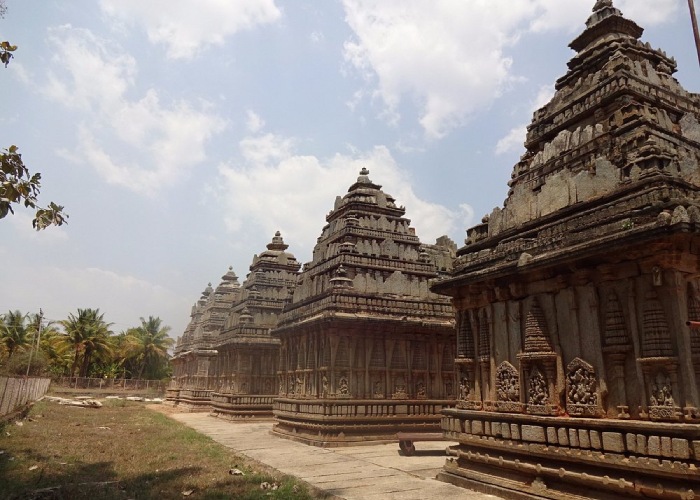
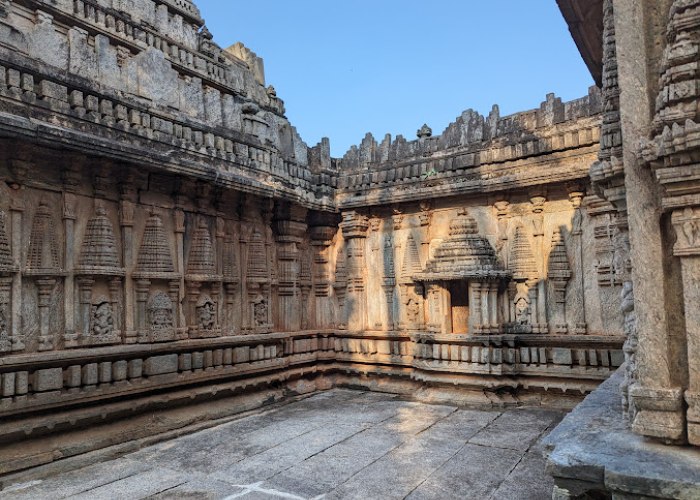
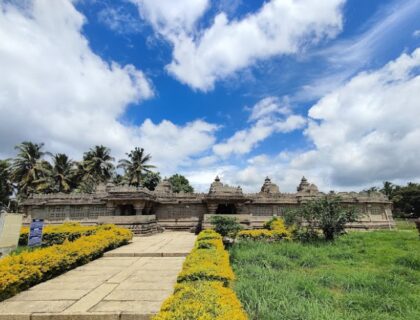
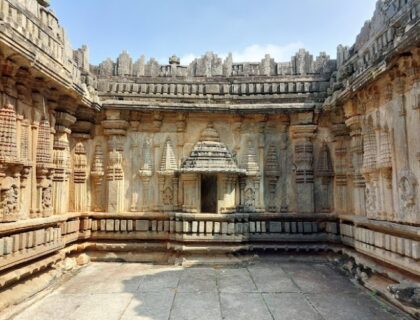
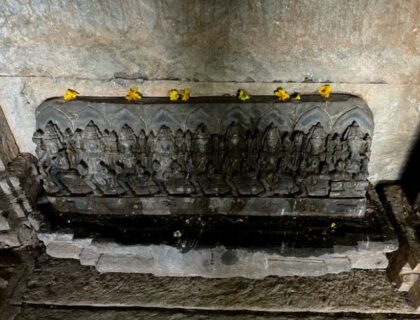
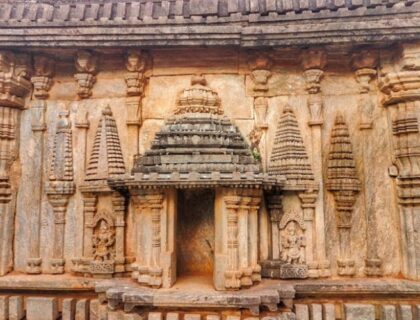
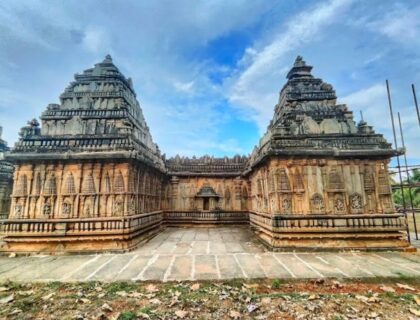
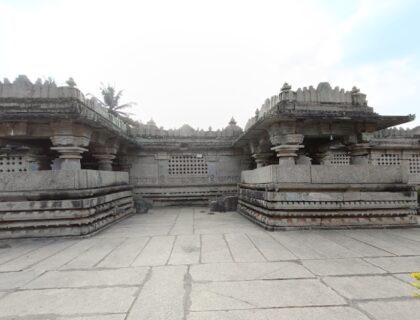
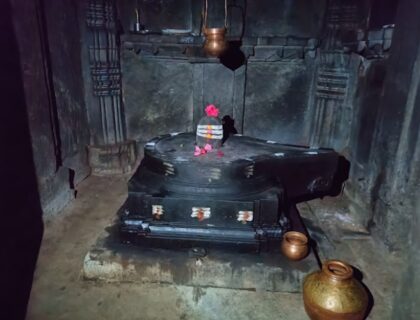
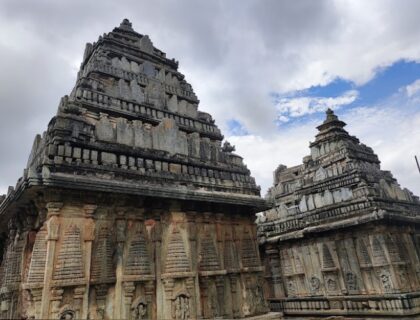
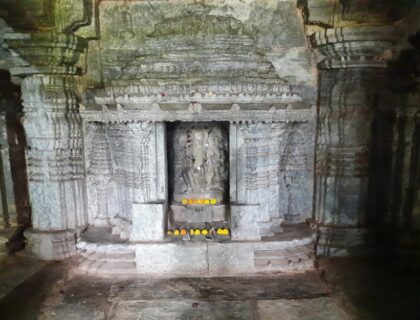
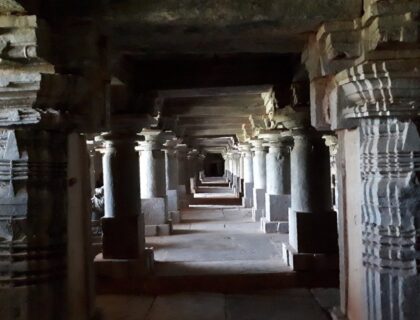
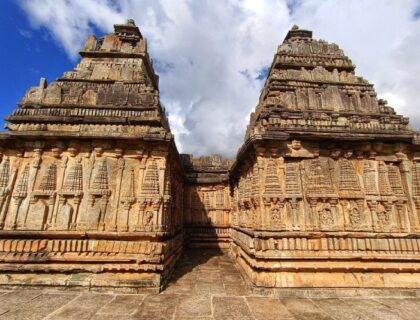
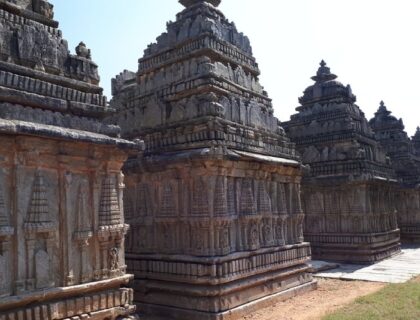
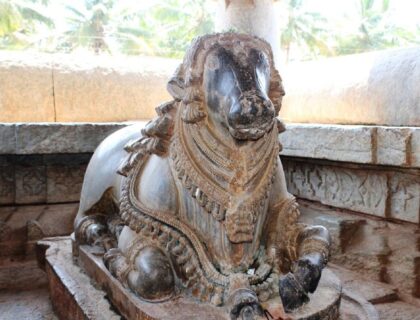
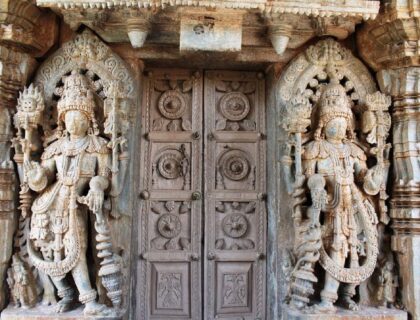
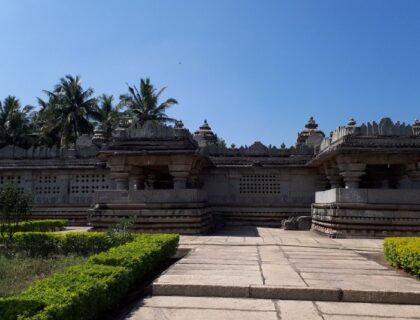
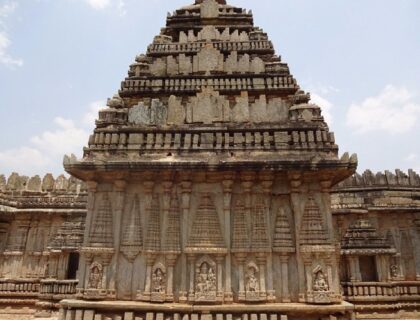
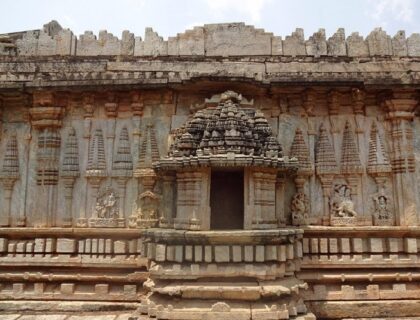
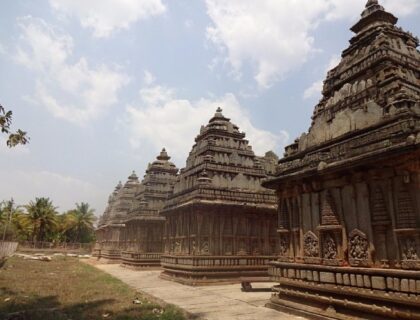
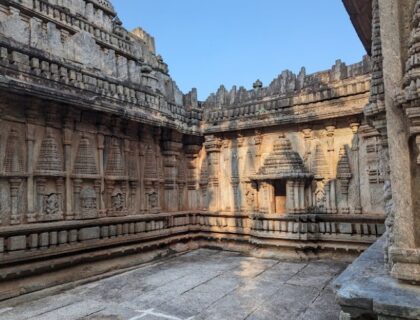
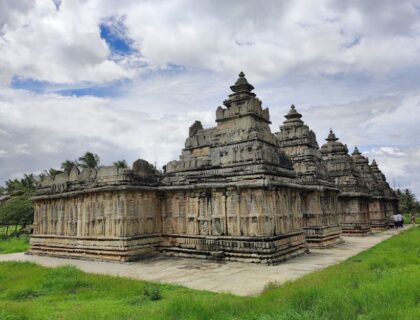

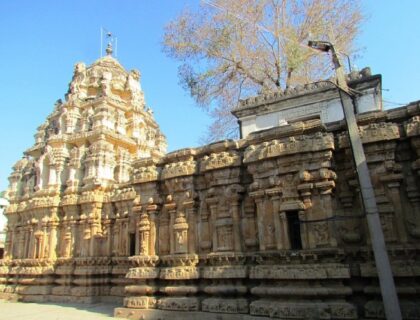
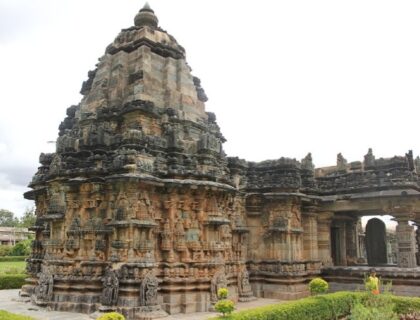
Reviewed on April 13, 2025